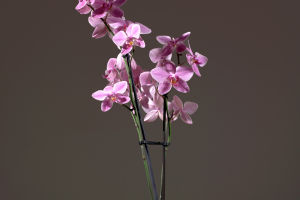Colored pencils are a versatile drawing tool commonly used in art creation, design, and education.
These pencils consist of a wooden or plastic shell and an internal pigment core, offering rich color expression and delicate painting effects.
Structure of Colored Pencils
Colored pencils typically comprise two main components: the shell and the pigment core. The shell is usually made of wood, though some are crafted from plastic or aluminum. The wooden shell is favored for its comfort and ease of sharpening, while plastic or aluminum shells are more durable and less prone to breakage.
The pigment core, the essential part of the colored pencil, is a mixture of pigment, binder, and filler. This core material provides vibrant colors and smooth blending effects. Variations in quality and formula among different brands result in differences in color expression and coverage.
Uses of Colored Pencils
Colored pencils are widely employed in art creation and design due to their convenience and versatility. In artistic contexts, colored pencils are used to add layers and details to drawings.
They are suitable for creating landscapes, portraits, and various illustrations. Their ability to produce subtle color transitions and high control allows artists to achieve precise detailing and gradient effects.
In education, colored pencils play a crucial role. They are commonly used in art classes in kindergartens and primary schools to foster students' interest in painting and creativity. The simplicity and cleanliness of colored pencils make them ideal for beginners to practice color matching and basic drawing skills.
In the realm of design, colored pencils are indispensable. Designers utilize them for sketching, experimenting with color schemes, and expressing conceptual art. The ease with which colors can be modified and adjusted allows designers to flexibly refine colors and details during the design process, leading to optimal results.
Drawing Skills with Colored Pencils
Mastering some basic techniques can significantly enhance the quality of work done with colored pencils. Selecting the right paper is crucial. Rough paper is better at absorbing pigments and making colors appear more saturated, whereas smooth paper is ideal for detailed depiction and color transitions.
Understanding layering techniques can also improve the painting effect. Building colors gradually with soft brushstrokes helps achieve gradient effects and richer color layers. It is advisable to start with lighter colors and deepen progressively them to avoid overly strong colors that are difficult to correct.
Additionally, mastering various brushstroke techniques is essential. Techniques such as small circular motions or diagonal strokes can add texture and dimension to the artwork. Adjusting the pressure and angle of the pencil allows for a range of effects, from fine lines to broad smudges.
As a vital drawing tool, colored pencils are indispensable in art creation, education, and design due to their rich color expression and delicate painting effects. Whether used by enthusiasts or professionals, colored pencils offer limitless creative possibilities, making them a valuable asset in any artistic endeavor.


